#stopanimalselfies is a campaign promoted by the Government of Costa Rica in collaboration with civil society organizations and tourism companies, aimed at raising awareness about the negative impact of selfies and photos that exhibit direct contact with wild animals. It seeks to reduce these cruel behaviors and to alert on the potential risk involved.
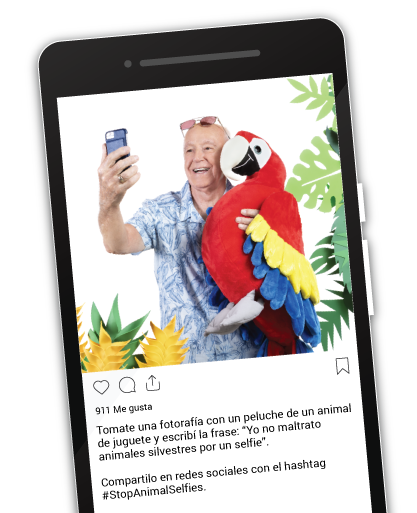
Join the campaign
Take a picture of yourself with a stuffed animal / toy animal and add the caption:
“I don’t harm wild animals for a selfie.”
Share it on social networks with the hashtag
#stopanimalselfies.
News
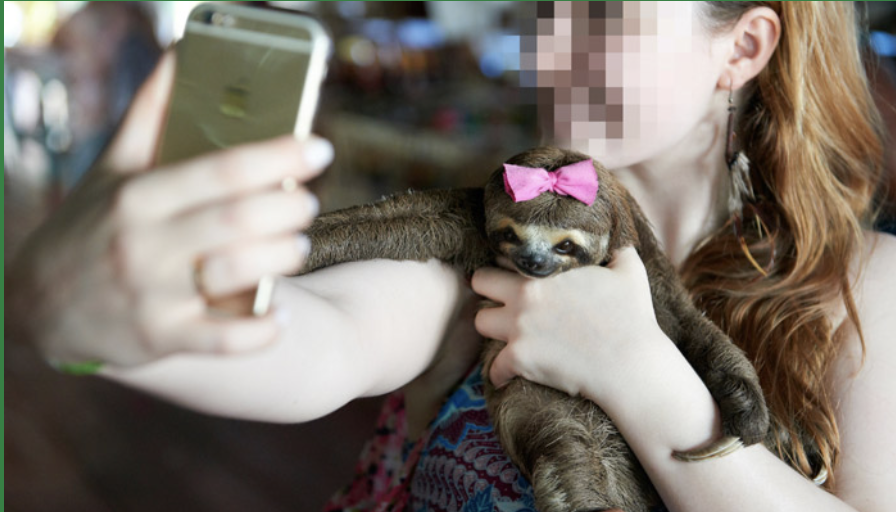

Costa Rica Launches Historic #StopAnimalSelfies Campaign To Raise Awareness, End The Cruelty & Support Wildlife Conservation
World Animal NewsNov 15. 2019
Costa Rica recently became the first country to launch a campaign aimed at eliminating the occurrence of cruel and inappropriate selfies with wild animals, as well as their negative effects and...



What’s Happening in Costa Rica and the World?
COSTA RICA
Costa Rica is home to more than 5 percent of the world’s biodiversity and is one of the countries with the greatest biological richness in the globe. However, selfies and photos in direct contact with wild animals are greatly harming this biodiversity.
A study published by World Animal Protection (2017), carried out at the global level, rates Costa Rica as 7th in the world in terms of pictures and selfies in direct contact with wild animals.
Wild fauna in Costa Rica is a public domain asset protected by the State. Thus, it is of national concern and it is the responsibility of all Costa Ricans to watch over its right handling, use and preservation.
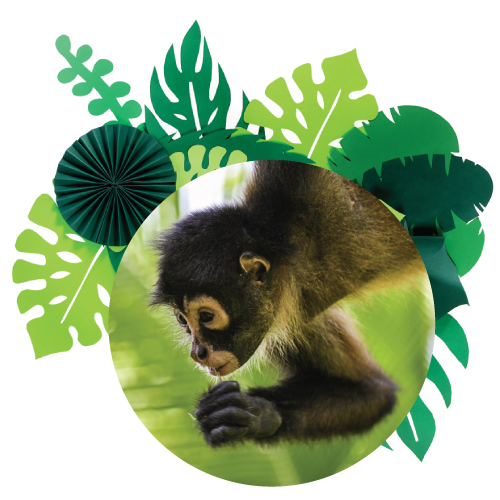

Tourism and Its Importance for Preservation in Costa Rica
Costa Rica is an extremely diverse country and a pioneer in biodiversity preservation. It is home to more than 5 percent of the species in the world.
Ecotourism is one of the major sources of income and employment. Therefore, optimum use of our biodiversity, as a key element in tourist development, is based on keeping the ecological processes that are essential to its preservation.
Acquaintance with and appreciation of a wild animal in its habitat, expressing its natural behaviors, is an advisable form of environmental education. If the animal is in captivity, its management must be as similar as possible to its habitat, thus allowing the animal to hide or to move away from the tourists if it so wishes.
Animal watching must be carried out in a respectful manner, admiring the nature of species and their peculiarities. Animal watching can support species protection and help their preservation if carried out in the right way.
One of the pillars of our country’s tourism model is to favor tourist satisfaction by fostering a significant experience that will make them better aware of environmental issues and that will encourage them to adopt sustainable tourism practices.


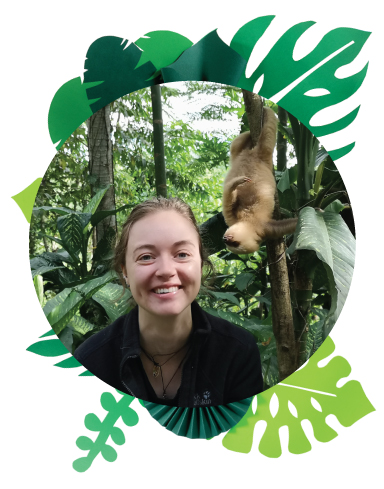

How to Take Ethical Photographs and Selfies with Wild Animals
Wild animals belong to all Costa Ricans. They’re part of our natural treasure. That’s why we want to share their beauty with you.
You can visit all the places where animals live and take as many pictures as you wish, as long as you respect their natural behaviors and keep a safe distance. You will thus care for yourself and protect the wild animals.
A wild animal’s natural behavior in the presence of human beings is to move away, to flee or to remain at a safe distance from people. Forcing an animal to stay close to the people or attracting it with food will cause stress and suffering, and alter its natural behaviors. This is why it becomes necessary to keep a prudent distance when one wants to look at them either in their natural habitats or in zoos or sanctuaries.
We invite you to download the Guide for a responsible selfie or photograph with wild animals in Costa Rica.
![]()
- Stay at a safe distance from the animal.
- Carry out a silent, respectful observation.
- Respect the animal’s natural behaviors.
- Refrain from entering cages or enclosures, as these provide a barrier that protects me from direct contact with the animal.
![]()
- Touch, grab or hug the animal.
- Offer the animal food.
- Attempt to catch or chase the animal to be closer to it or have direct contact.
- Make noises, whistle, throw objects or knock on the barrier to have the animal move or wake up.
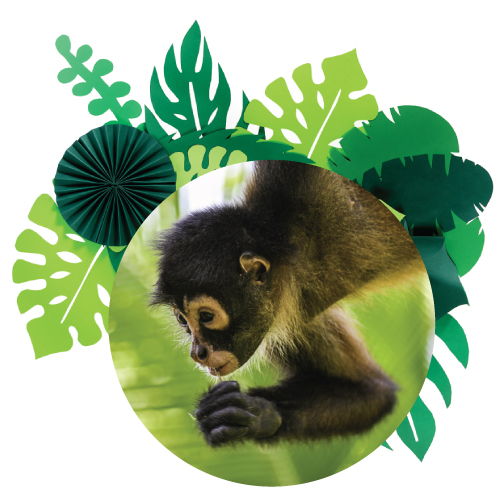

John Doe
Lorem ipsum dolor sit amet, consectetur adipiscing elit. Sed pulvinar velit orci, id varius lacus molestie eu. Integer diam nisi, euismod sed nisi nec, imperdiet condimentum elit. Lorem ipsum dolor sit amet, consectetur adipiscing elit. Sed pulvinar velit orci, id varius lacus molestie eu. Integer diam nisi, euismod sed nisi nec, imperdiet condimentum elit.
National Regulations That Protect Our Fauna
Law on Biodiversity #7788
The Law on Biodiversity (Law #7788) sets forth the prevention criteria that establish the importance of anticipating, preventing and tackling the causes or threats against biodiversity. It also sets the caution criterion or in dubio pro natura, which indicates that, in the event of a danger or threat of grave or imminent damage to the elements of biodiversity, the absence of scientific certainty may not be used as a reason to postpone taking effective measures for protection (section 11).
This business around wild fauna is already causing damages to it, and the State must take immediate measures to reduce these threats.
Download the text of the law

Law for the Preservation of Wildlife (LPWL), 1992 (Law #7317 and its amendments)
The LPWL determines that wild fauna is a public domain asset protected by the State (sections 1, 3), and that the National Conservation Areas System (SINAC, Spanish initials) may establish the necessary technical measures for the right management, preservation and administration of wildlife (section 7).
In addition, it establishes the concept of “petting” and punishes people who hold wild animals as pets (section 2). It also prohibits feeding wild animals (section 116).
This Law defines Rescue Centers as non-for-profit facilities, closed to the public. Tourists may visit commercial zoos or sanctuaries that are open to the public with environmental education purposes (section 2).
Download the text of the law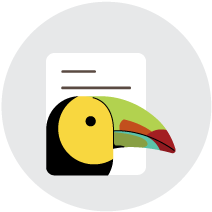

Bylaws to the Law for the Preservation of Wildlife (Law #7317)
The Bylaws to the LPWL set forth technical measures for the preservation of wild animals. It says that every use of wildlife must respect its nature, its wild conditions and its well-being, and must avoid its humanization or “petting”.
It establishes the conditions under which people may have direct contact with wild fauna, indicating that this will only take place in veterinary or scientific procedures necessary for the preservation and well-being of a wild animal. Contact with tourists, volunteers or visitors shall not be allowed.
Download the bylaws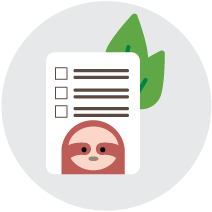

#stopanimalselfies
is a global action to bring cruel selfies to an end and to support the preservation of wild fauna.
Share ethical pictures with wild animals in your social networks, or else take a selfie with a stuffed animal (toy animal) and add the caption:
“I don’t harm wild animals for a selfie”.
Remember to use the hashtag #stopanimalselfies.






